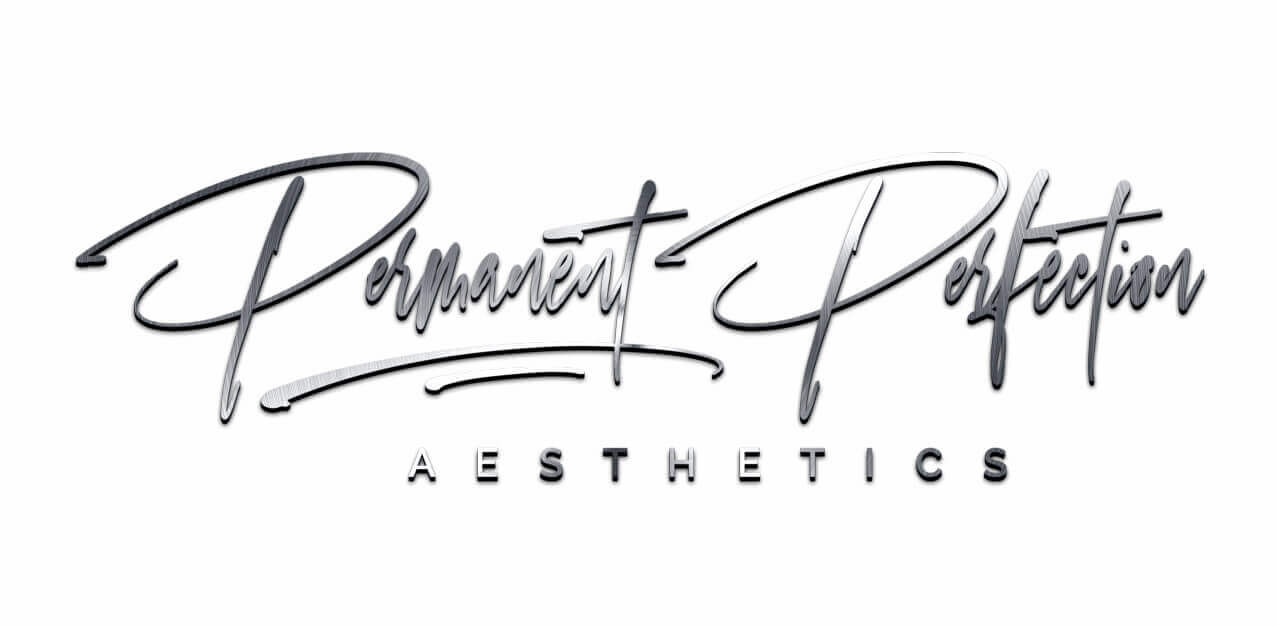Tattoo Removal Methods: Why Laser Tattoo Removal Reigns Supreme
Tattoo Removal Methods: Tattoos have become an indelible part of society, expressing personal narratives, cultural affiliations, and artistic inclinations. However, as the statistics on tattoo regret rise, so does the demand for effective tattoo removal options. This blog post explores the range of tattoo removal methods, with a specific focus on why laser tattoo removal is the gold standard in the industry.
The Popularity of Tattoos and the Growing Need for Removal
In recent years, tattoos have become a mainstream form of self-expression, with an estimated 30% of American adults having at least one tattoo. As the prevalence of body art increases, so does the demand for tattoo removal. Whether due to a change in personal aesthetics, shifting cultural norms, or professional considerations, many individuals with tattoos are seeking ways to reverse their ink. This growing need has sparked a range of removal options, with laser removal standing out for its effectiveness and safety profile.
Traditional Methods: An Overview
Before the advent of advanced laser technology, traditional methods were the go-to for removing unwanted tattoos. This included dermabrasion, salabrasion, and excision, each with its own set of advantages and drawbacks.
Dermabrasion
Dermabrasion is a technique that involves the physical removal of the top layers of skin, similar to a severe form of exfoliation. This can be painful and often requires multiple sessions. While it can effectively fade tattoos, it carries the risk of scarring and pigmentation changes, making it a less popular choice today.
Salabrasion
Salabrasion is an older, less precise method that uses salt to abrade the skin and lift the tattoo pigment. It can be done at home but is highly ineffective and may cause severe damage to the skin, leading to infections and other complications.
Excision
Excision requires a surgeon to cut out the tattooed skin and stitch the remaining skin back together. This method is suitable for small tattoos but not for those placed on large areas of the body. It leaves a scar and is often viewed as an extreme, undesirable procedure.

Introducing Laser Tattoo Removal: The Modern Approach
Laser tattoo removal revolutionized the industry by providing a non-invasive, targeted approach to tattoo removal. The process involves using high-powered laser beams to break up the tattoo pigment, allowing the body’s immune system to flush them out gradually. Newer laser technologies have made this process more efficient, with minimal risk of damage to the surrounding skin.
Types of Lasers Used
Different types of lasers, such as Q-switched and picosecond, are utilized for tattoo removal, with each being more suitable for specific ink colors and skin types. These lasers emit light pulses of different wavelengths that are absorbed by the ink particles, causing them to fragment.
Advanced Technology
Recent advancements in laser technology, such as the introduction of picosecond lasers, have made significant improvements in the speed and efficacy of tattoo removal. These devices deliver shorter pulses of energy, which are not only faster but also more effective, particularly for stubborn or multi-colored tattoos.
Benefits of Laser Tattoo Removal Over Traditional Methods
There are several clear advantages to choosing laser tattoo removal over traditional techniques.
Precision and Targeted Removal
Laser removal can selectively target the tattoo pigment without affecting the surrounding skin, offering precise removal of the ink without significant scarring. This makes it particularly effective for intricate or complex tattoo designs.
Less Scarring and Damage
Compared to the abrasion and cutting involved in traditional methods, laser tattoo removal causes less trauma to the skin, resulting in reduced scarring and fewer complications. The controlled thermal energy of the laser promotes faster healing and less tissue disruption.
Faster and More Effective
Laser treatment typically requires fewer sessions than traditional methods, with each session spaced a few weeks apart to allow the body to absorb and eliminate the fragmented pigment. This results in faster overall removal and reduces the time and resources needed for complete tattoo erasure.
Full-Color Tattoo Removal
A patient with a vibrant and detailed full-color tattoo sought laser removal and achieved impressive results after several sessions. The versatility of different laser wavelengths meant that each color in the tattoo could be effectively targeted and removed over time, leaving the skin clear and unmarked.
Stubborn Ink Fading
In another case, a client with a tattoo containing dense, dark-colored ink witnessed significant fading after just a few treatments. The utilization of more advanced picosecond laser technology aided in breaking down the pigment, leading to faster and more thorough removal.
Professional and Personal Transformation
Several individuals reported feeling liberated and more confident after having their tattoos removed. This change not only impacted their personal well-being but also opened up new professional opportunities where visible tattoos were once a hindrance.

Considerations Before Laser Tattoo Removal
Although laser tattoo removal is highly effective, several factors need to be considered before starting the process.
Skin Type and Color
The success of laser removal can be influenced by the individual’s skin type and color. Lighter skin tones tend to respond better to treatment, while darker skin may require more cautious treatment to avoid pigmentation changes.
Tattoo Ink and Colors
The type of ink used in the tattoo plays a significant role in determining the success of removal. Professional tattoos with high-quality ink are generally more responsive to laser treatments, while amateur and homemade tattoos can be harder to remove.
Cost and Number of Sessions
Laser tattoo removal is an investment, both in time and financial resources. The number of sessions required can vary depending on the size, complexity, and age of the tattoo, as well as the body’s response to treatment.
Alternative Tattoo Removal Methods: Are They Worth It?
Aside from laser treatment, there are several alternative methods and products on the market that claim to remove tattoos. However, their efficacy is often questionable and they may pose risks.
Topical Creams and Gels
Various over-the-counter and prescription topical creams and gels are marketed as tattoo removal solutions. The reality, though, is that these products have limited effectiveness and can cause adverse reactions such as blistering and scarring.
Home Remedies
The internet is full of anecdotal stories and home remedy suggestions for tattoo removal, ranging from lemon juice to sandpaper. Not only are these methods ineffective, but they can also be extremely harmful to the skin, leading to severe damage and complications.
Tattoo Removal Methods Conclusion: The Superiority of Laser Tattoo Removal
As we’ve explored the realm of tattoo removal, it’s evident that laser technology stands out as the safest and most effective option. Its ability to deliver targeted and controlled treatment, along with minimal scarring and fast healing, make it the preferred method for those looking to erase the past — quite literally.
Call to Action: Discover Your Tattoo Removal Journey
For individuals considering tattoo removal, the next step is to consult with a professional. Laser tattoo removal specialists can provide personalized assessments and treatment plans, ensuring a safe and successful removal experience. As you embark on your tattoo removal journey, choose the method that not only guarantees results but also looks out for the health and well-being of your skin. Book a consultation with a laser tattoo removal experttoday and take the first step toward a clean canvas.


Recent Comments